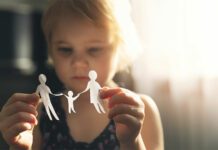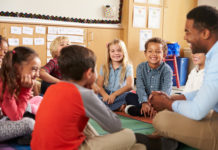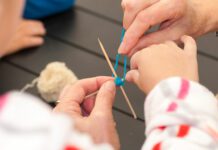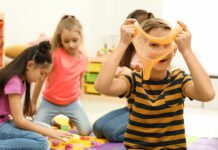12. CHECK YOURSELF
Try this self-awareness test. Create a three-columned chart on a piece of paper or on a simple table/spreadsheet on the computer.
In the left column, write your students’ names in the order in which you remember them. (Just this alone is interesting. Who do you remember first? Who do you struggle to remember?)
In the middle column, write down everything that you know about each child—likes and dislikes, hobbies and interests, fears and dreams, family situation, and special needs.
In the third column, put a checkmark if you have talked with that student about this piece of knowledge. This will help you recognize how well you know your students, and—perhaps more importantly—how well they know that you know them!
For students you struggled to remember, or for ones you didn’t know as much about, make a commitment to connect with them in the next few Sundays. Remember, if you continue to see your students as a group, you will be focusing only on the group personality and missing the individuals.
Most adults don’t make the effort to truly see children. Be the exception to the rule. Do whatever it takes to make sure that the word “unnoticed” and the word “children” are never used in the same sentence when someone talks about your kids.
So, there you have it—12 ways to notice your students and build positive relationships with them. Chances are right now you’re feeling overwhelmed. I am already swamped and can’t seem to get things done, and now you’re asking me to do 12 more things?! No, just one. Pick the easiest one or the one that calls your name and start practicing it until it becomes a habit, then you may desire to choose one more. You’ll be surprised at the difference one little change practiced over time can accomplish. Small and simple changes are often the best way forward.
This article originally appeared here.











